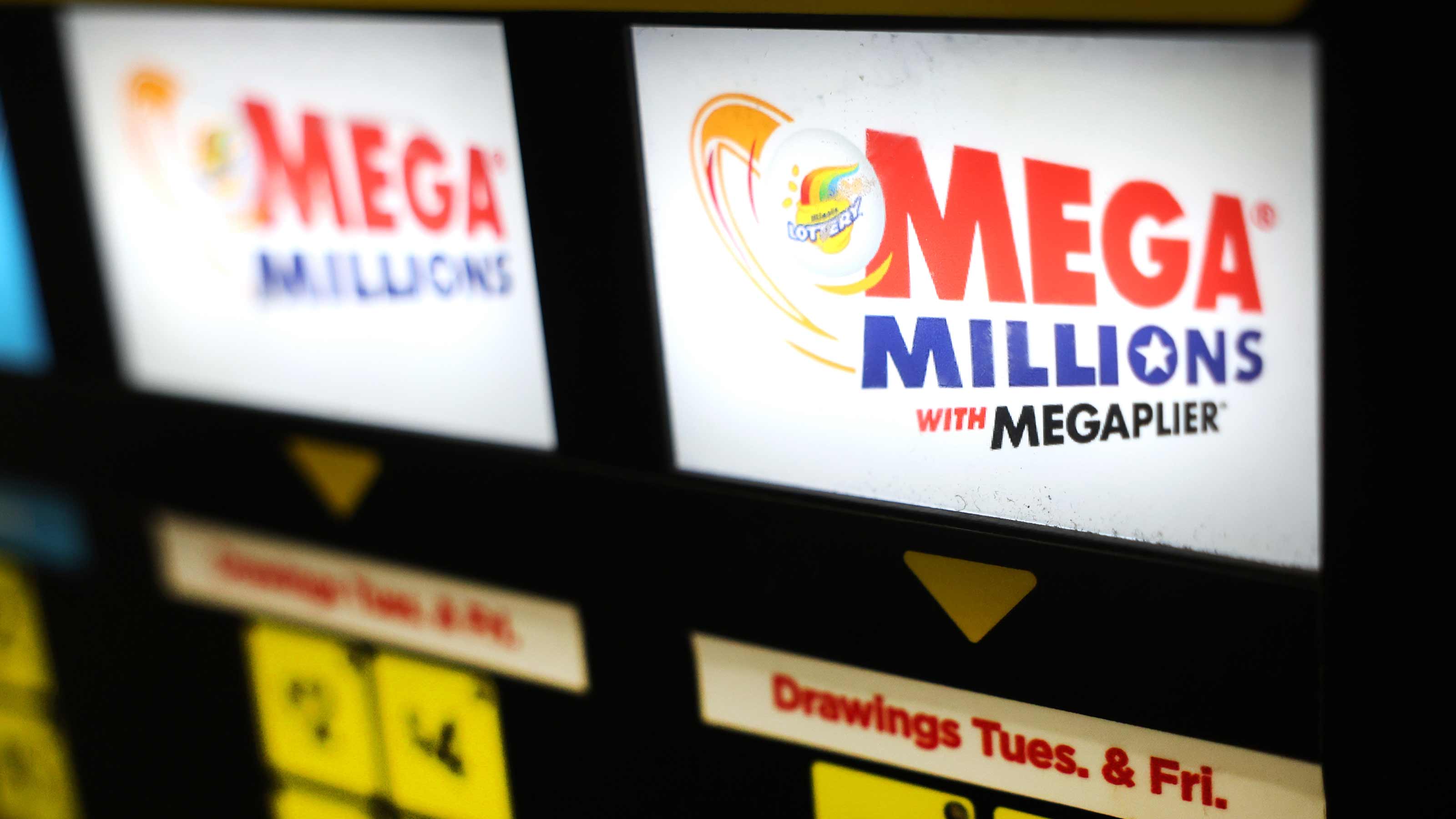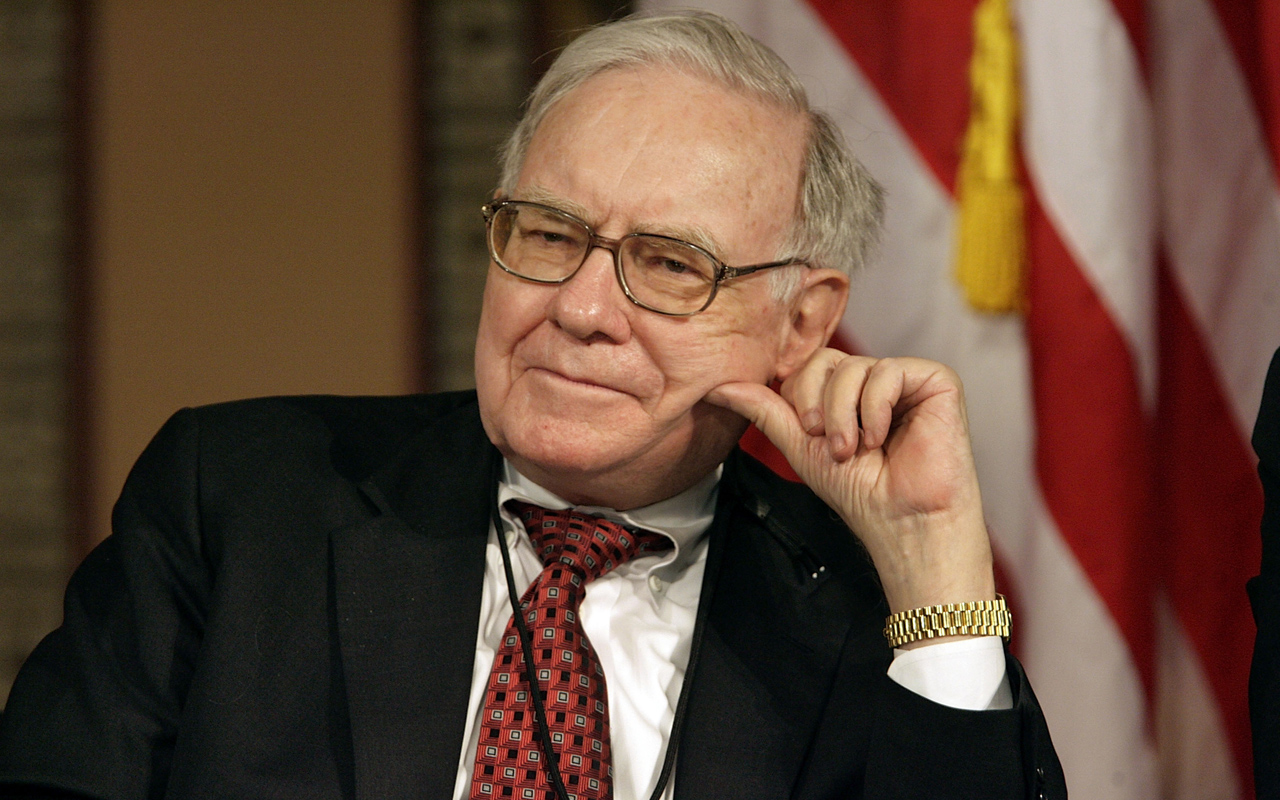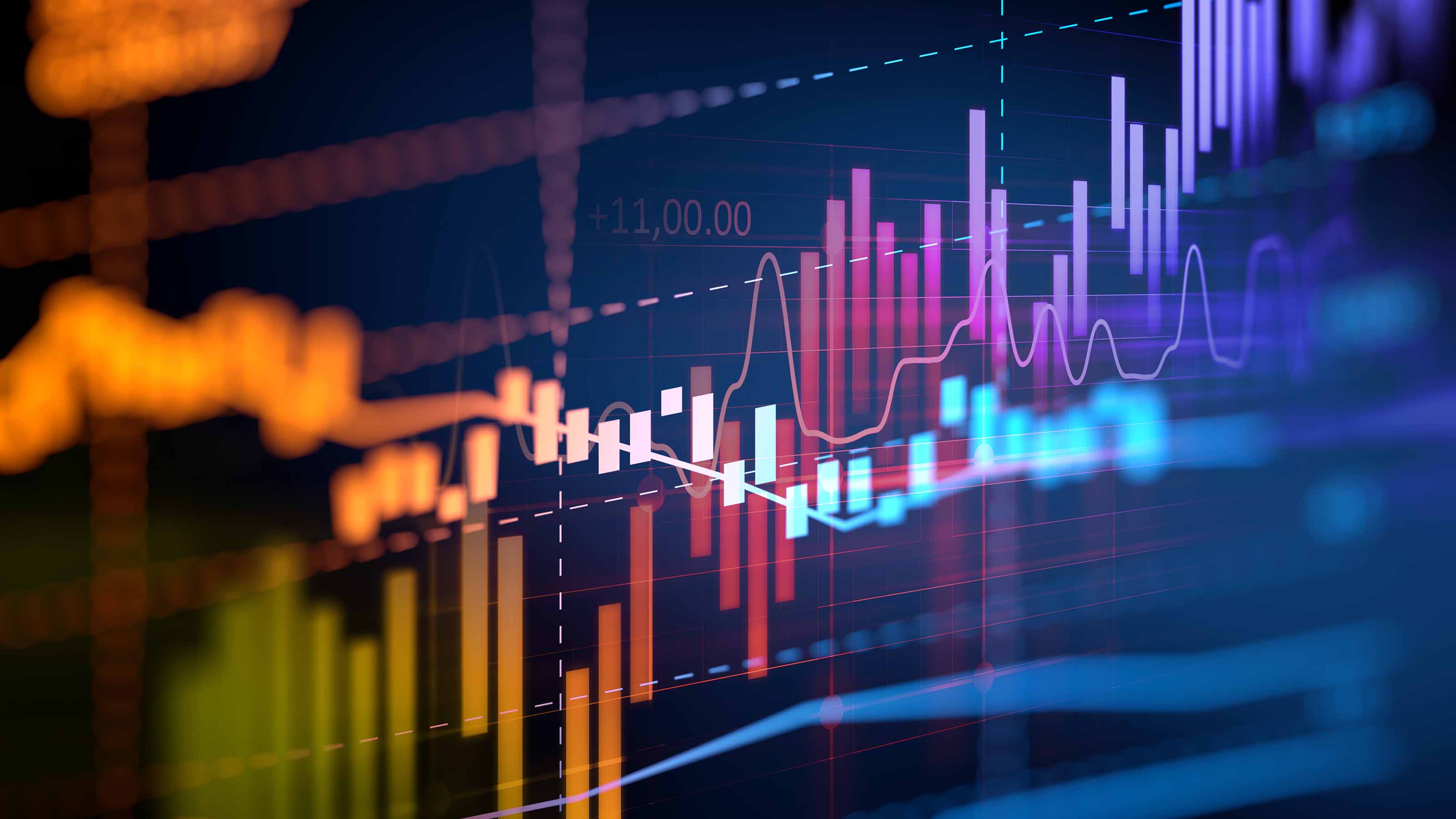Bitcoin Halving: What Does It Mean for Investors?
'Mining' for this cryptocurrency just became a lot more expensive


In case you missed it, Bitcoin just underwent a "halving," the third in the cryptocurrency's history, on March 11.
If you're a little unsure about what exactly a Bitcoin halving means, don't feel bad. Cryptocurrencies have their own unique vocabulary that is all but nonsensical to the uninitiated. Today, we're going to explain what a halving is and what it means to investors in the space.
First, a little background. Bitcoin runs on a blockchain, which is an open, digital ledger that records every transaction made in the history of the cryptocurrency. Because the ledger is distributed across every computer on the network, it's extremely difficult to hack. There is no central database that can be tampered with. All transactions are recorded on every computer in the network and open for all to see.

Sign up for Kiplinger’s Free E-Newsletters
Profit and prosper with the best of expert advice on investing, taxes, retirement, personal finance and more - straight to your e-mail.
Profit and prosper with the best of expert advice - straight to your e-mail.
To incentivize people to support the blockchain – dedicating their computer resources to maintaining the ledger – the system allows those that participate to "mine" new Bitcoin. The algorithm that governs the cryptocurrency rewards freshly mined Bitcoin to miners for volunteering their computers for transaction processing.
Well, "halving" is where the reward for mining gets chopped in half. The same amount of number crunching generates half the number of new Bitcoins.
What Is the Point of Bitcoin's Halving?
The beauty of Bitcoin is that it is finite. In an age in which the Federal Reserve is running the proverbial printing presses overtime, creating asset bubbles and stoking fears of inflation, Bitcoin cannot be printed at will. Its supply is regulated by the mining process, and halving is an important part of that process.
By chopping the mining reward in half, the algorithm ensures that the supply of Bitcoin doesn't grow too quickly, creating inflation.
Mining Bitcoin isn't cheap. Running the computers and keeping them cool uses a ridiculous amount of energy. A report last year found that if the Bitcoin blockchain were a country, it would be the 41st biggest user of electricity in the world, consuming more power than Switzerland.
By one estimate, the average pre-halving cost to mine a single Bitcoin was $6,851. Post-halving, the average cost is anticipated to be more than $12,500.
What Does This Mean for Bitcoin Prices?
Like any other commodity, the price of Bitcoin comes down to supply and demand. When demand outstrips supply, prices rise. When supply outstrips demand, prices fall. It really is that simple.
Except that with Bitcoin, it's not.
Bitcoin only works when it has a functioning blockchain, and that blockchain is expensive to maintain. If it costs more than $12,500 to mine a coin, then the price of a coin needs to be pretty close to $12,500 or ideally higher to incentivize miners to continue dedicating resources to the blockchain. With Bitcoin prices currently below $10,000, the average miner is actually losing money here.
The cost of mining Bitcoin can be thought of as the coin's intrinsic value. But there is no guarantee that the coins will fetch that amount.
If the price of Bitcoin stayed below the cost to mine it for long, miners would drop out. As with unprofitable oil wells, operators can't run at a loss forever.
Of course, more efficient mining computers can lower the cost of mining, making it profitable at lower prices. But higher mining costs remain a risk to the long-term viability of Bitcoin and other cryptocurrencies.
It also remains to be seen how well the network will run once the crypto is maxed out at 21 million Bitcoin. Miners will have to be compensated for continuing to maintain the network, but it's unclear exactly how that will work once the day comes.
Thankfully, that day is likely at least 100 years away.
So, what happens next for Bitcoin? That remains to be seen, of course. But in an era in which investors look at central bank stimulus efforts with an increasingly skeptical eye, it wouldn't be surprising to see Bitcoin, gold and other anti-currencies continue to trend higher.
Get Kiplinger Today newsletter — free
Profit and prosper with the best of Kiplinger's advice on investing, taxes, retirement, personal finance and much more. Delivered daily. Enter your email in the box and click Sign Me Up.

Charles Lewis Sizemore, CFA is the Chief Investment Officer of Sizemore Capital Management LLC, a registered investment advisor based in Dallas, Texas, where he specializes in dividend-focused portfolios and in building alternative allocations with minimal correlation to the stock market.
-
 Two Don'ts and Four Dos During Trump's Trade War
Two Don'ts and Four Dos During Trump's Trade WarThe financial rules have changed now that tariffs have disrupted the markets and created economic uncertainty. What can you do? (And what shouldn't you do?)
By Maggie Kulyk, CRPC®, CSRIC™
-
 I'm Single, With No Kids: Why Do I Need an Estate Plan?
I'm Single, With No Kids: Why Do I Need an Estate Plan?Unless you have a plan in place, guess who might be making all the decisions about your prized possessions, or even your health care: a court.
By Cynthia Pruemm, Investment Adviser Representative
-
 How I'm Going to Invest My Mega Millions Lottery Jackpot
How I'm Going to Invest My Mega Millions Lottery JackpotThe odds of winning the Mega Millions lottery are effectively zero, but here's how I'm investing my fortune should I hit the jackpot.
By Dan Burrows
-
 All AI Regulations Are Not Created Equal: Kiplinger Economic Forecasts
All AI Regulations Are Not Created Equal: Kiplinger Economic ForecastsEconomic Forecasts As Congress regulates artificial intelligence, tech advocates urge lawmakers to define different areas of AI, as some are more dangerous than others.
By John Miley
-
 Four Random Facts and Thoughts About Warren Buffett
Four Random Facts and Thoughts About Warren BuffettIf I love Warren Buffett so much why don't I just marry him?
By Dan Burrows
-
 Investing in Gold Is Dumb
Investing in Gold Is DumbStocks are better than gold for both generating wealth and offering protection against inflation.
By Dan Burrows
-
 What's So Scary About a Mega-Cap Tech Bull Market?
What's So Scary About a Mega-Cap Tech Bull Market?Bears say the market can't keep rallying when only five mega-cap tech stocks are driving returns, but history suggests otherwise.
By Dan Burrows
-
 We Are Not in a Bull Market
We Are Not in a Bull MarketIt takes more than a 20% gain off the low to proclaim the beginning of a new bull market.
By Dan Burrows
-
 Why I Don't Buy Stocks
Why I Don't Buy StocksIt's nearly impossible to beat the market – but it is cheap and easy to match it.
By Dan Burrows
-
 Text-Generating AI Faces Major Legal Risks: Kiplinger Economic Forecasts
Text-Generating AI Faces Major Legal Risks: Kiplinger Economic ForecastsEconomic Forecasts Major legal risks to text-generating artificial intelligence: Kiplinger Economic Forecasts
By John Miley